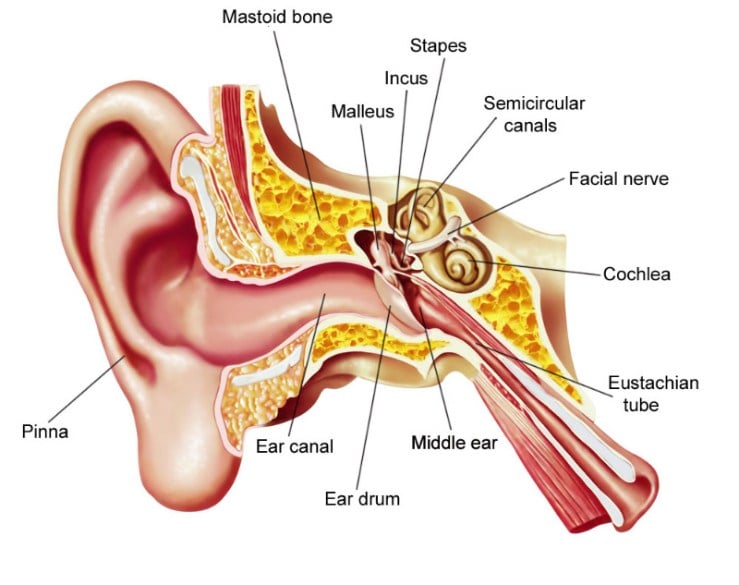Glue earPLEASE NOTE - THIS INFORMATION IS INTENDED FOR GUIDANCE ONLY. IT IS NOT IN ANY WAY A SUBSTITUTE FOR A SPECIALIST CONSULTATION. What is glue ear? Glue ear is a condition in which fluid collects behind the ear drum. It develops when the Eustachian tube, which connects the middle ear with the back of the nose, isn't working properly. This tube generally allows pressures to equalise (for example when flying in an aeroplane), and if it isn't working a partial vacuum can build up behind the ear drum in the middle ear. This causes the middle ear to produce fluid or "glue", which can impair hearing. Who gets glue ear? Glue ear most commonly affects children and is particularly common from the ages of 2 to 6. It can, however, affect anyone and many adults will develop glue ear, particularly after a heavy cold. What are the symptoms of glue ear? The main symptom is a partial loss of hearing. Glue ear is not usually painful, although children with glue ear can also get ear infections, which can be very painful. Glue ear does not cause a leakage or discharge from the ears. Unless the discharge is just of wax, discharge is almost always a sign of infection. Many children may have a hearing loss without it being particularly obvious. Some children may just seem to be slow to pick up new words or start talking in sentences, or pick up new words but mispronounce them. There may also apparent problems with concentration at school (actually caused by not being able to hear the teacher) or problems with behaviour. In particular children may end up getting told off for doing something they were told not to, and then getting frustrated because they just hadn't heard the instruction and don't understand why they have been told off! If glue ear, or any sort of hearing loss, is suspected, a hearing test should be arranged. How can glue ear be treated? Most children and adults with glue ear will get better on their own within 3 months without any treatment. For those who don't, we may need to consider some sort of treatment. Some people recommend considering hearing aids as a temporary measure. The other option, which is currently more common, is to insert grommets. Please see the page on this site for a further explanation of grommets.
|

